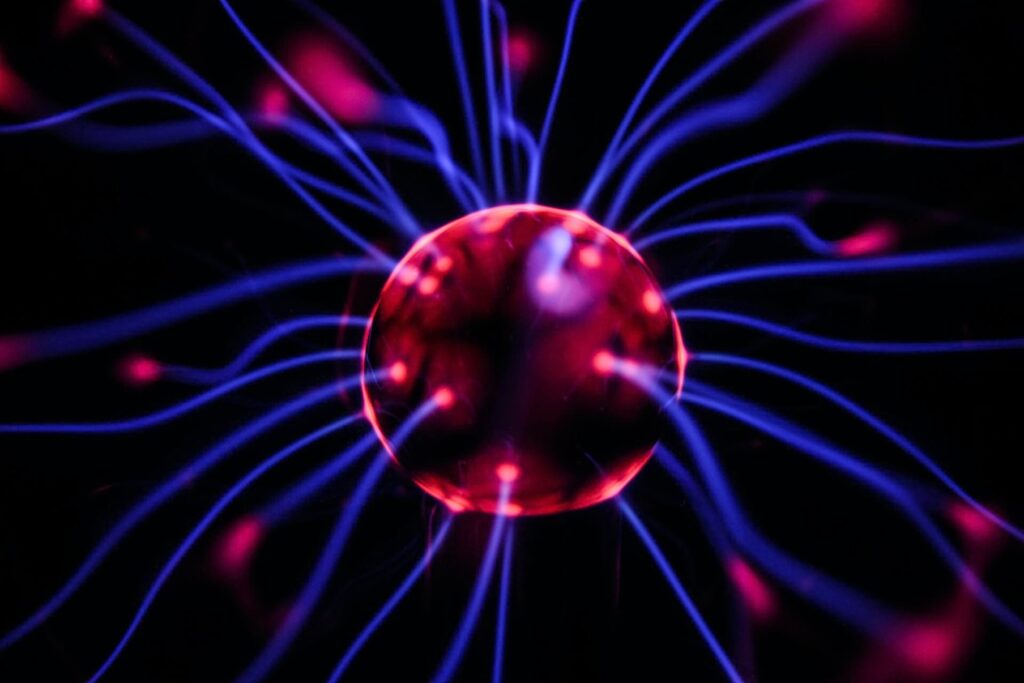BDNF is a type of neurotrophin. Neurotrophins promote the survival and growth of neurons, a communication cell used to share information within the brain and nervous system . BDNF is particularly essential for cognitive performance, in functions such as memory and learning , and neurotrophins like BDNF are required for proper nervous system development.
Though peripheral nerves, or nerves located outside of the brain and spinal cord, can spontaneously regenerate after injury, their complete recovery is unlikely. Because of its role in initiating neuron growth, BDNF has been found to play a role in peripheral nerve regeneration. Studies show that BDNF treatments have been successful in treating peripheral nerve regeneration in animal models, and some success is being seen in human patients.
What is BDNF?
BDNF (brain-derived neurotrophic factor) is a small protein produced in the brain that stimulates the growth and survival of neurons . BDNF assists in neuroplasticity, which is the brain’s ability to adjust to change . Neuroplasticity connects learning and memory—how our brain adapts, masters new abilities, and stores information .
Important roles of BDNF for cognitive performance and mental health
Promoting neuronal growth and survival
BDNF stimulates the growth, generation, and survival of neurons.. The development and preservation of neuronal networks depend on how many neurotrophins, including BDNF, are synthesized and released .
Formation of synapses (synaptogenesis)
The places where neurons connect and communicate with each other are known as synapses . They control the flow of information between neurons and their target cells. Synapses, and their creation, are also the foundation for functions such as memory and learning. Neurotrophins (like BDNF) control the number and arrangement of synapses .
Neural activities such as mental challenges influence the formation and preservation of synapses, controlling synaptic strength . These activities also increase the creation and secretion of BDNF, stimulating even more synapses .

Synaptic plasticity
Changes in neuronal connections, known as synaptic plasticity, are the main factors for learning and memory .
Neurotrophins encourage synaptic plasticity, as well as help to preserve cells and assign them their function . Of all neurotrophins, BDNF is unique because of its high levels in the brain and its powerful effect on synapses .
Memory
Memory helps with learning, memorization, and recalling stored information. The changes in synaptic plasticity affect learning and memory, and BDNF contributes to these processes. The hippocampus is an area of the brain devoted to memory. Aging, lack of physical activity, and low BDNF levels naturally decrease hippocampal activity .
Mood
Mood disorders are among the most common and repetitive mental disorders. Poor regulation of synaptic plasticity, along with changes in neurotrophin levels (like BDNF), could lead to mood disorders .
The hippocampus is also often associated with the development of mood disorders and brain BDNF levels tend to be abnormal in affected individuals .
Though cognitive performance depends on many factors, BDNF has a significant role. It promotes growth and survival of neurons, and neurons control the flow of information within the central nervous system.
It’s important to shed light on the complex processes involved in our day-to-day lives, and be aware of their influence on our mental health and most basic functions. Now that you are aware of the importance of BDNF, you may consider what influences the rise or fall of your own brain’s levels.
References
- Cunha C, Brambilla R, Thomas KL. A simple role for BDNF in learning and memory? Front Mol Neurosci. 2010;3:1.
- Obata K, Noguchi K. BDNF in sensory neurons and chronic pain. Neurosci Res. 2006;55(1):1–10.
- Brem A-K, Ran K, Pascual-Leone A. Learning and memory. Handb Clin Neurol. 2013;116:693–737.
- McGregor CE, English AW. The role of BDNF in peripheral nerve regeneration: Activity-dependent treatments and Val66Met. Front Cell Neurosci. 2018;12:522.
- Bathina S, Das UN. Brain-derived neurotrophic factor and its clinical implications. Arch Med Sci. 2015;11(6):1164–1178.
- Puderbaugh M, Emmady PD. Neuroplasticity. En: StatPearls. StatPearls Publishing; 2021.
- Angelucci F, Brenè S, Mathé AA. BDNF in schizophrenia, depression and corresponding animal models. Mol Psychiatry. 2005;10(4):345–352.
- Caire MJ, Reddy V, Varacallo M. Physiology, Synapse. En: StatPearls. StatPearls Publishing; 2021.
- Jevtovic-Todorovic V. Developmental synaptogenesis and general anesthesia: a kiss of death? Curr Pharm Des. 2012;18(38):6225–6231.
- Nelson TJ, Alkon DL. Molecular regulation of synaptogenesis during associative learning and memory. Brain Res. 2015;1621:239–251.
- Hua JY, Smith SJ. Neural activity and the dynamics of central nervous system development. Nat Neurosci. 2004;7(4):327–332.
- Nakayama K, Kiyosue K, Taguchi T. Diminished neuronal activity increases neuron-neuron connectivity underlying silent synapse formation and the rapid conversion of silent to functional synapses. J Neurosci. 2005;25(16):4040–4051.
- Lu B. BDNF and activity-dependent synaptic modulation. Learn Mem. 2003;10(2):86–98.
- Bramham CR, Messaoudi E. BDNF function in adult synaptic plasticity: the synaptic consolidation hypothesis. Prog Neurobiol. 2005;76(2):99–125.
- Ramirez A, Arbuckle MR. Synaptic plasticity: The role of learning and unlearning in addiction and beyond. Biol Psychiatry. 2016;80(9):e73–e75.
- Gómez-Palacio-Schjetnan A, Escobar ML. Neurotrophins and synaptic plasticity. Curr Top Behav Neurosci. 2013;15:117–136.
- Leal G, Bramham CR, Duarte CB. BDNF and hippocampal synaptic plasticity. Vitam Horm. 2017;104:153–195.
- Brigadski T, Leßmann V. BDNF: a regulator of learning and memory processes with clinical potential. eNeuroforum. 2014;5(1):1–11.
- Mizoguchi Y, Yao H, Imamura Y, Hashimoto M, Monji A. Lower brain-derived neurotrophic factor levels are associated with age-related memory impairment in community-dwelling older adults: the Sefuri study. Sci Rep. 2020;10(1):16442.
- Anand KS, Dhikav V. Hippocampus in health and disease: An overview. Ann Indian Acad Neurol. 2012;15(4):239–246.
- Hashimoto K, Shimizu E, Iyo M. Critical role of brain-derived neurotrophic factor in mood disorders. Brain Res Brain Res Rev. 2004;45(2):104–114.
- Shih-Jen T, Chen-Jee H. Effect of brain-derived neurotrophic factor (BDNF) gene variants on the therapeutic response and the risk for mood disorders. Current Pharmacogenomics and Personalized Medicine. 2008;6(2):126–133.
- Martinowich K, Lu B. Interaction between BDNF and serotonin: role in mood disorders. Neuropsychopharmacology. 2008;33(1):73–83.
